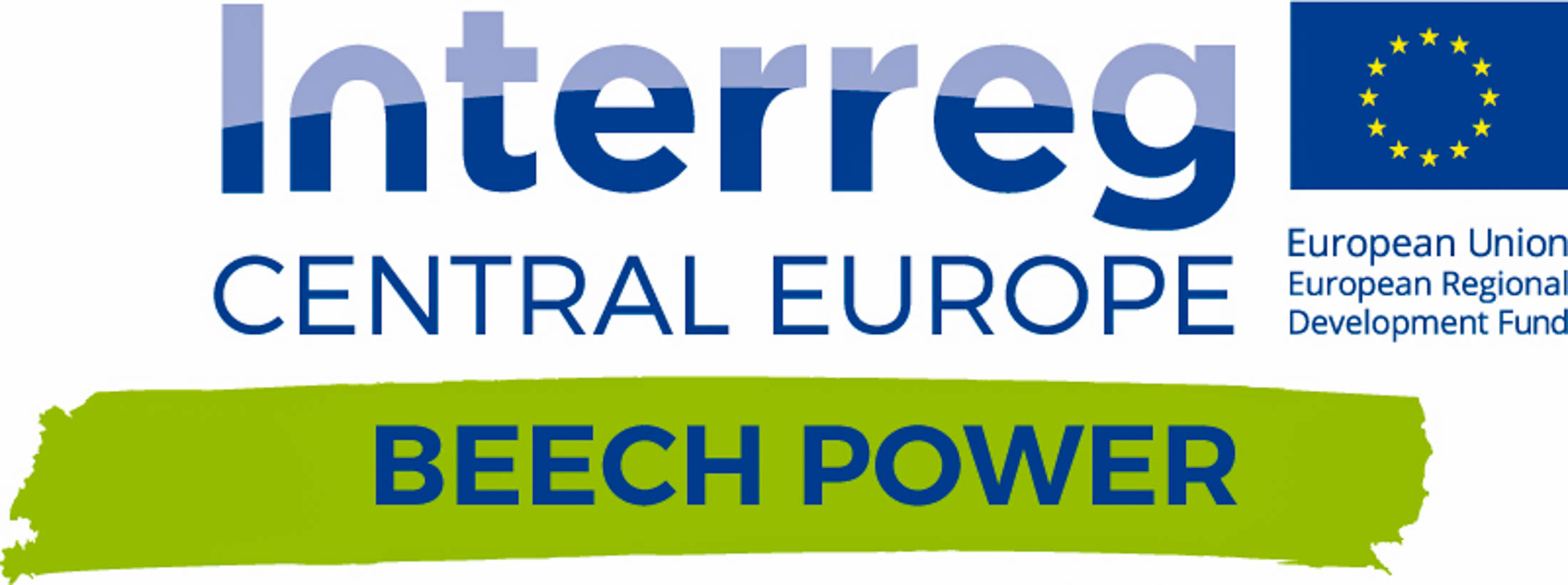The term “proforestation” is not very well known in Europe, where sustainable forestry is seen as the main solution for carbon storage. However, proforestation has proven to increase forests carbon-sequestration abilities. Proforestation is the practice of leaving existing older and middle-aged forests to grow as intact ecosystem. This new, and revolutionary concept, proves that forests show their full potential when we let the trees grow.
Interested in this new concept, BEECH POWER partner Kalkalpen National Park had the honor to host Professor William Moomaw as key speaker during their last webinar hold on Monday 14th of June 2021. Prof. Moomaw, from Tufts University (Massachusetts, USA) is one of the leading scientists on proforestation. With a distinguished career as environmental chemist, now calls himself a political environmentalist. In recent years, Moomaw has turned his attention into climate change, carbon sequestration, and the important role of forest ecosystems.
The National Park invited a great variety of target groups such as managers of protected areas, research institutes, representatives of the European Commission, and international NGO’s to the webinar, including the BEECH POWER team. During the webinar, of high interest given the amount of registrations, Prof. Moomaw presented his findings, options, and solutions in the fight agains climate change.
“Don’t call it climate change, call it climate emergency”
This was one of the first messages that Moomaw communicate during his lecture. While scientists no longer consider “climate change” to reflect the seriousness of the overall situation, “climate emergency” calls for immediate action. To emphasise this need, by the end of 2019, over 11,000 scientists from 153 countries signed a report to warn about climate emergency and the urgent need of bold action to avoid irreversible extinctions and uncontrollable climate feedbacks. They say the urgent changes needed include ending population growth, leaving fossil fuels, halting forest destruction and slashing meat eating. Another of these actions could be proforestation.
Prof. Moomaw, in one of his studies, showed that while large trees (duh > 52 cm) make up only little percentage of a forest, they store nearly half to the total carbon in a sustainable managed forest. Larger trees accumulate the most atmospheric carbon over time, storing the carbon in the wood of their trunk and limbs, and in the soils. Thus, proforestation means allowing middle-aged trees to continue to grow to their full ecological potential, and protecting older forests so they can continue to preserve carbon for years to come. As proforestation increases forests carbon-sequestration abilities, IUCN has ranked proforestation management as one of the most effective nature-based solutions to fight against biodiversity and climate crises.
Planting trees is good, letting them grow is better
As mentioned above, immature trees sequester far less CO2 than older ones, and can take decades for young trees to start trapping carbon dioxide in considerable amounts. For this reason, while Moomaw lauds intensifying efforts to plant billions of young trees, he says that preserving existing mature forests is more effective, immediate, and low-cost on slowing global warming in the coming decades.
The transnational UNESCO World Heritage “Ancient and Primeval Beech Forests of the Carpathians and Other Regions of Europe” can be seen as a role model. Representing the most valuable and oldest beech forests across Europe, this WH site is not only the biggest nature protection project in Europe, but it can also strengthen the proforestation concept.
Since its last extension of nomination in 2017, old growth forests have come into the spotlight and interest of society and political decision-makers. This positive development should now be used to communicate not only the importance of old growth forests for biodiversity, but also for carbon sequestration and therefore, for their positive effects against climate change.



